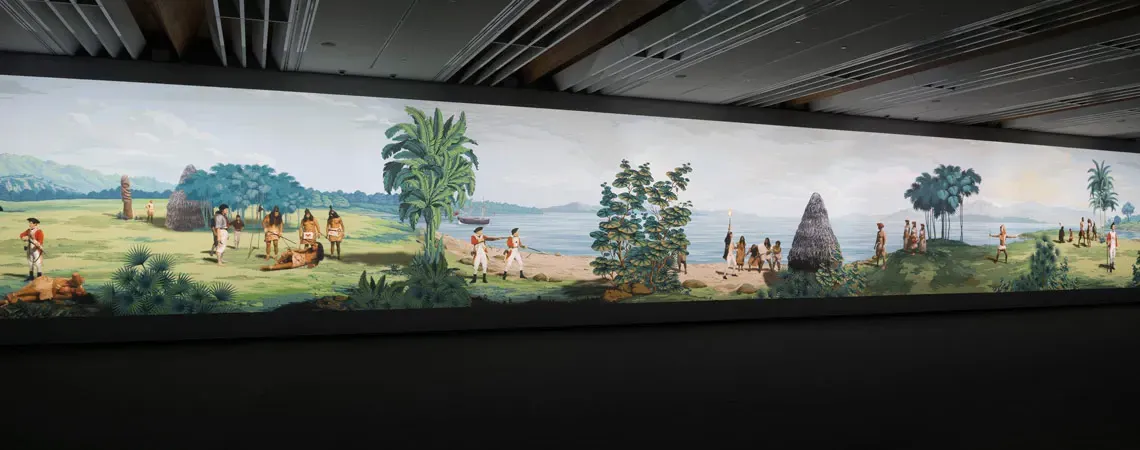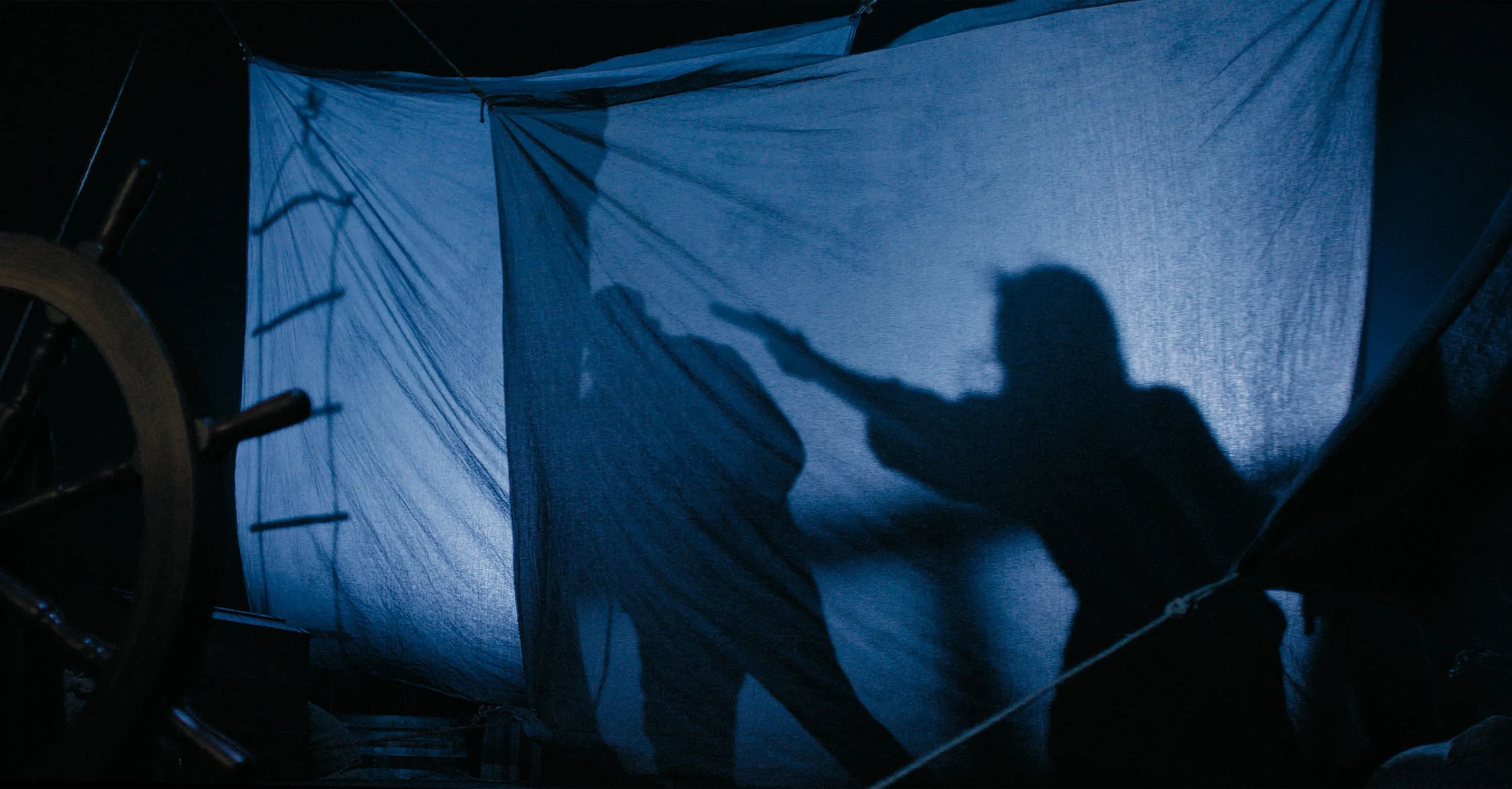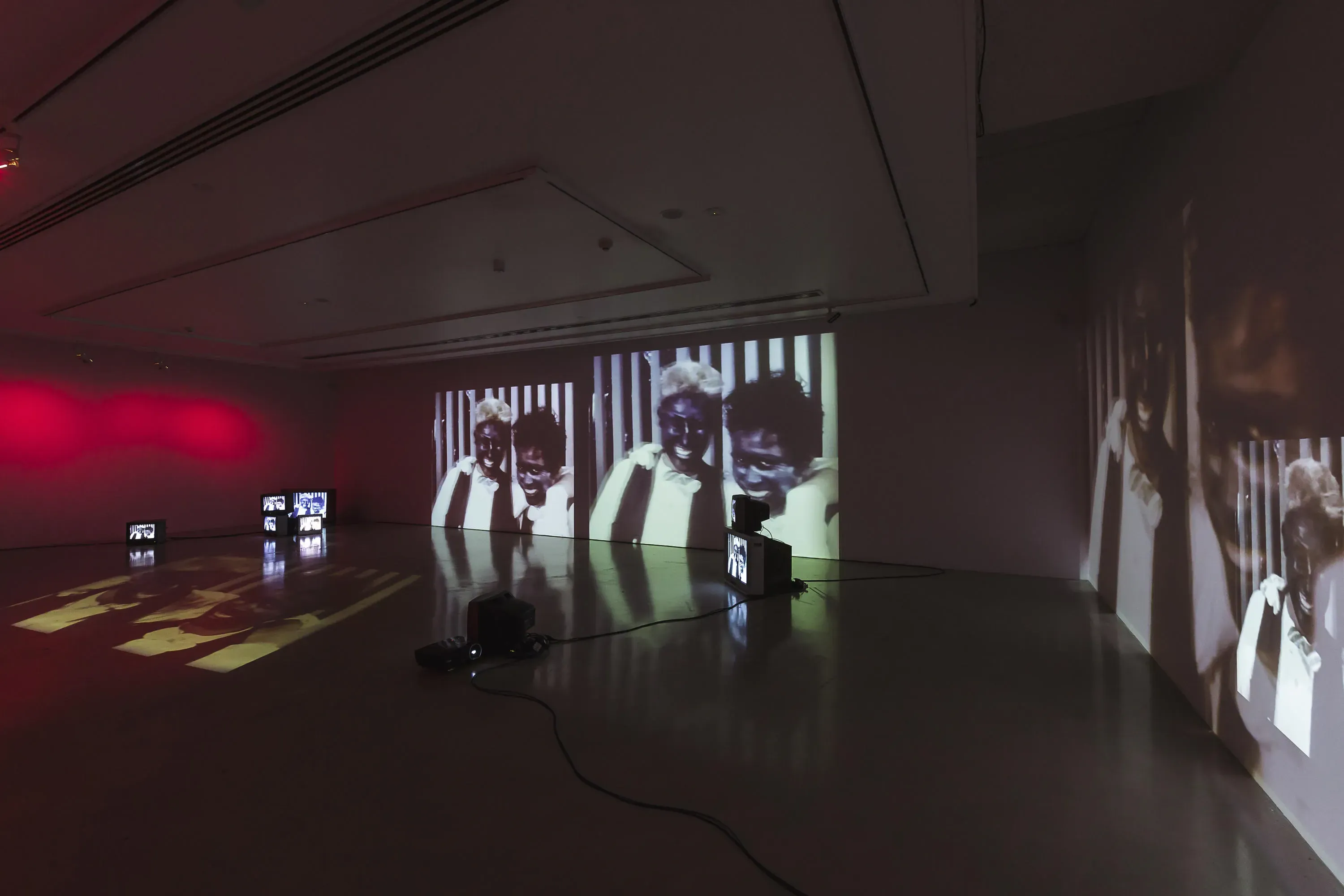Visionary of Visual - Lisa Reihana
Written by
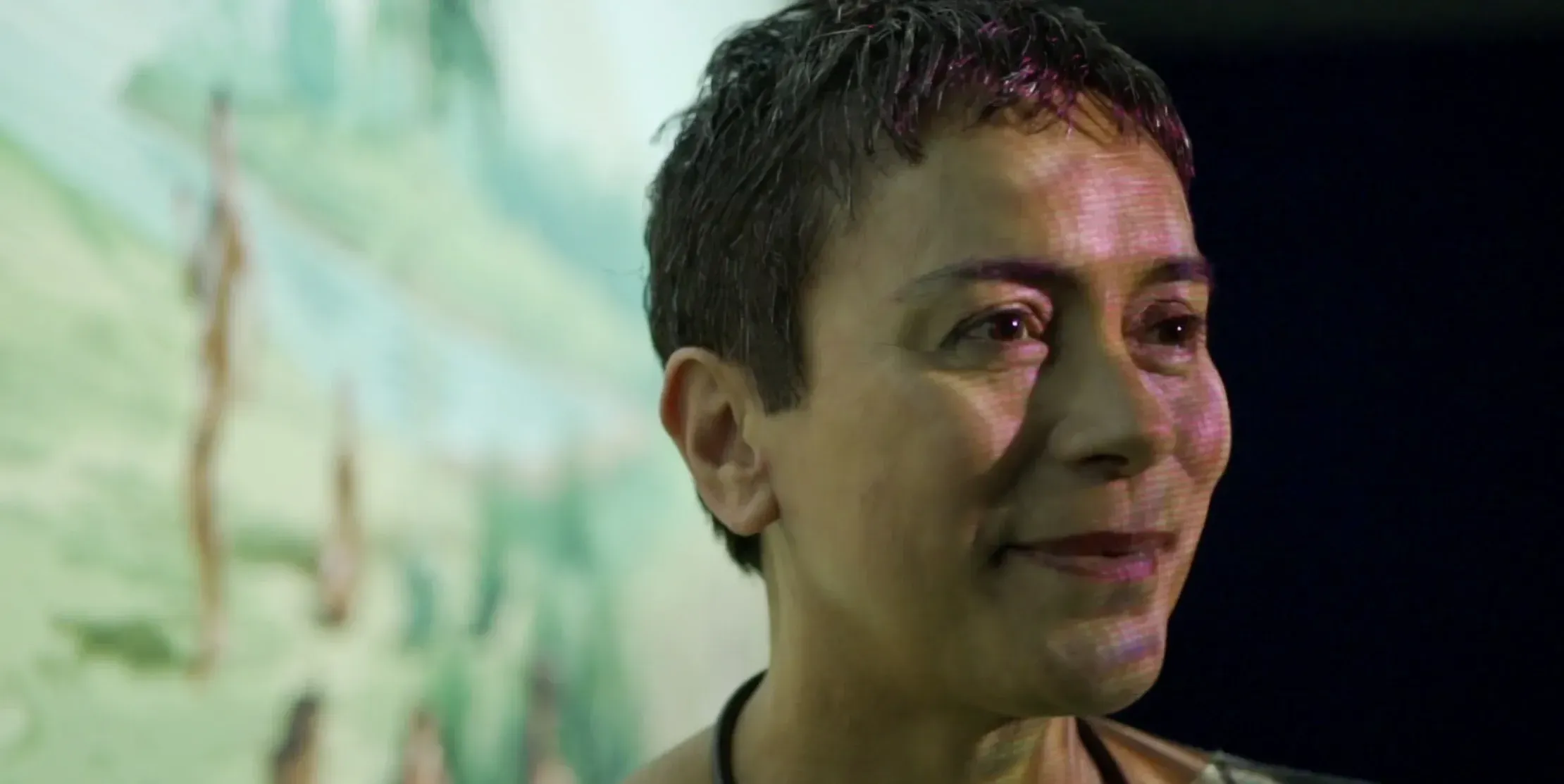
Lisa Reihana has been made a Companion of the New Zealand Order of Merit (CNZM) in the 2022 Queen's Birthday Honours List. To celebrate, The Big Idea is revisiting this wonderful profile on one of Aotearoa's most influential artists. Please note: this story was originally published post the first Lockdown of 2020.
There’s not a whiff of the tortured artist about Lisa Reihana.
It may be there, under the surface, wreaking havoc on her subconscious, but on a late autumn Auckland day, she presents as sunny and settled and as sorted as can be.
Perhaps it’s lockdown; the quarantine period has been therapeutic for Reihana. “This is my first opportunity to be lazy, so COVID-19 has been nice,” says the renowned multidisciplinary artist. “I’ve been so busy over the past eight years - we did 21 exhibitions last year and I haven’t had a Christmas break for about four years - that I’ve been enjoying not doing too much at all.”
By the time the 55-year-old went into self-isolation in March, she’d clocked up plenty of work hours and air miles. Incredibly, Reihana opened six shows around the globe in the summer of 2020.
Ihi — “a major video work” for the Aotea Centre foyer — was unveiled in Auckland in February. Reihana and her partner and co-creator James Pinker travelled to Germany and Holland for openings of her career-defining In Pursuit of Venus (Infected). She popped into Paris for a collaboration with shoemaker Christian Louboutin, and jetted across the ditch for the Biennale of Sydney, where Nomads of the Sea, another video installation, opened on Cockatoo Island in mid-March.
COVID-19 put paid to all that: her exhibitions are now closed. But Lockdown Lisa has other things to get on with. “Not doing too much at all” means learning te reo Māori via Zoom with her whānau, and reading the books by science fiction writer William Gibson that she recently found in a Sydney bookshop. She’s also watching lots of films. “I’m always looking at storytelling; new visual tricks,” she says with a 1000-watt smile. “And looking at photographs too; I love that. The digital techniques online are really interesting.”
Portrait of the Artist as a Young Woman
Born and raised in Auckland, Reihana (Ngā Puhi) studied there too, at Elam School of Fine Arts. She graduated in 1987 with a Bachelor of Fine Arts and a grand plan to be a filmmaker. It wasn’t something that many of her contemporaries were into in those days, she says, but her childhood outings to amateur theatre with her mum had given her a love of production and the will to create new and unusual worlds.
“I used to love sitting behind the curtains, watching the props people; the curtains going up and down; the audience’s faces lighting up,” she says. “I had the opportunity to go into broadcasting but I was really into storytelling taking as long or as short as you like, and TV is stepped to 26-minute half hours and predetermined storytelling tropes.
“Then there was the idea that Māori were always oral, and taking that on with my work - in the art world, there was a way that better suited that oral tradition. And researching Māori philosophy and culture was really important to me.”
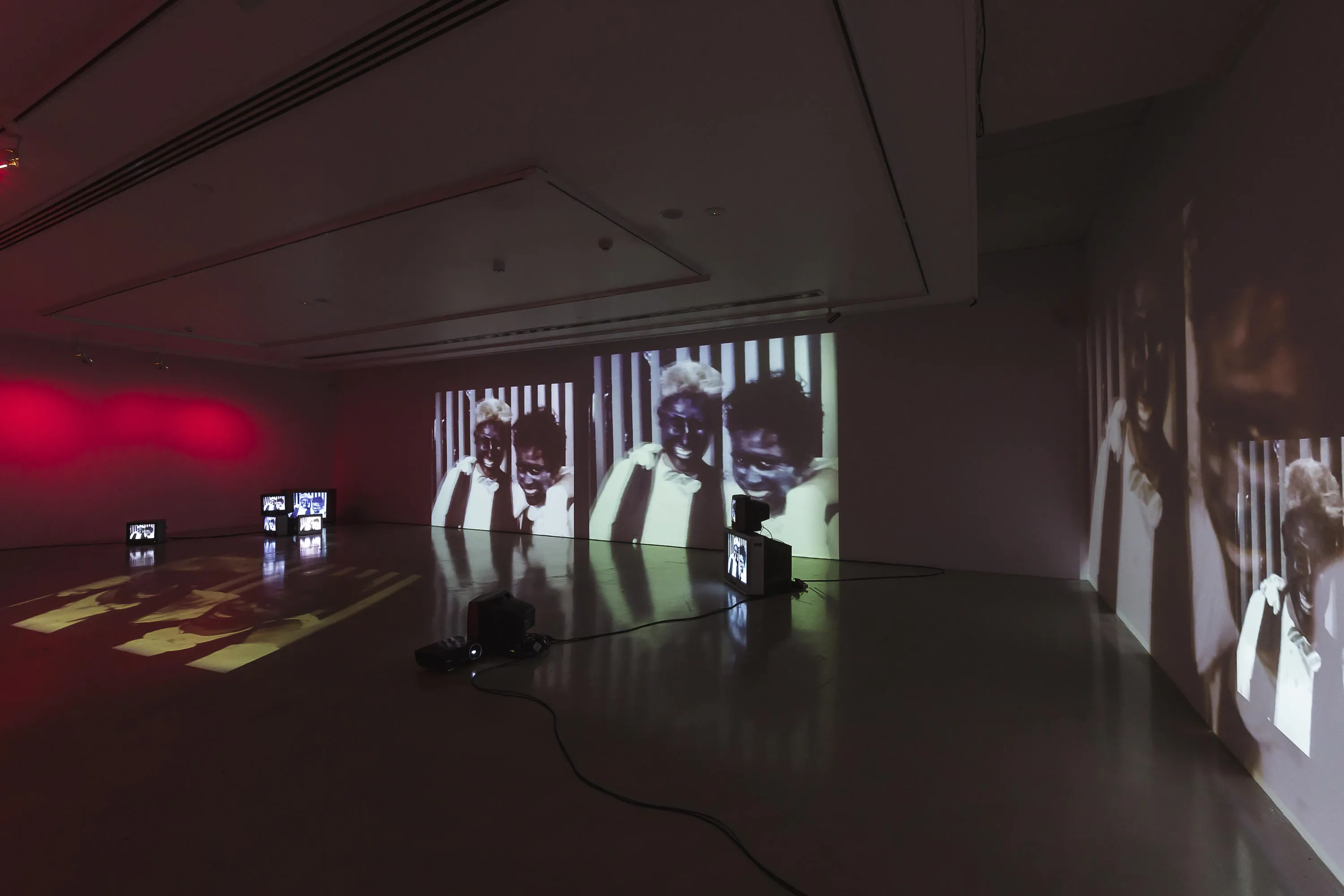
Other themes in Reihana’s work were also integrated into her practice from the get-go. “I come from a family of four girls, so women’s ‘business’ and gender politics always featured,” she explains. That interest found a natural home when Reihana joined Pacific Sisters, a female art collective, almost 30 years ago. The group, which includes Rosanna Raymond, Ani O’Neill, Jaunnie ‘Ilolahia, Suzanne Tamaki, Feeonaa Wall, Selina Haami, Niwhai Tupaea and Henzart @ Henry Ah-Foo Taripo, create performance art, costume, music and films.
“That was really exciting,” Reihana says of their genesis. “We have these interesting things we do together and a lot of that work is performance; it’s in the moment. My video projects take many, many years.”
Throughout the ’90s and into the Millennium, Reihana continued to create her own works across many media, as well as teach art.
“She came up in the ‘Young Guns’ era with Michael Parekowhai and Shane Cotton; contemporary Māori artists from urban backgrounds,” says her friend, collaborator and fellow artist Philip Kelly. “Lisa can be bundled up with those guys but sits in her own space too.
“She hasn’t had heavy dealer relationships [in her career], which shows her fortitude and drive and that she sits in a slightly different ecosystem. Hers is an international, indigenous practice that runs through First Nations in the US, Hawaiian culture and others. She has tapped into those networks of exchange and exhibition for decades — a whole other parallel artistic practice.”
Portrait of a Woman on Fire
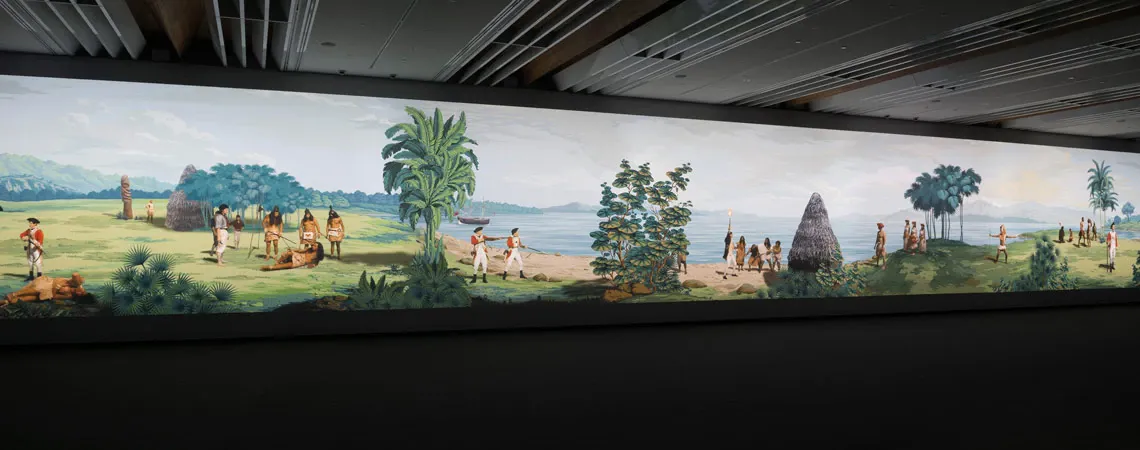
Reihana's In Pursuit of Venus (Infected). Image: Auckland Art Gallery.
By 2014, when Reihana completed a Masters in Design at Unitec, she was an established, mid-career New Zealand artist. That same year she received an Arts Laureate Award by the Arts Foundation of New Zealand and the following year, she won the Te Tohu Toi Kē, Te Waka Toi Māori Arts Innovation Award from Creative New Zealand. But it was In Pursuit of Venus (Infected), more than 10 years in the making and epic in scale, that earned Reihana international artstar status.
Experiencing the film for the first time is a bit like seeing Marina Abramović perform The Artist is Present or Sergei Polunin spin on stage — you’re left slack-jawed at the vision and the intensity of the execution of the work. It’s a visual and aural experience of great beauty and shocking savagery that envelopes the viewer in trillions of pixels.
“...a hi-tech marvel for this century,” is how Etan Smallman described the artwork, which was inspired by French woodblock designs for a wallpaper known as Savages of the Pacific Ocean, in The Guardian in 2018. “The giant moving tableau also depicts men wrestling, a kava-drinking ceremony, haka and hula dances, the trading of iron for sexual favours, several floggings and Cook’s violent death.”
But it’s not just the film, populated with New Zealand actors and performers in tableaux that Reihana filmed over many years, that makes up In Pursuit of Venus (Infected). For Reihana, the space, and the sound (designed by Pinker), are crucial to the work’s success.
“I spend a lot of time thinking about the presentation with the audience because it’s hard to make them stop and stay,” she explains. “People are very visually literate so you have to create something new for them to relate to. Speaker placement, the distance from seats to screens, it determines all sorts of different things in the exhibition space and I like to do that.
“Making it unique for museums and galleries is important. The stone floors and the beautiful architectural spaces need to be played with.”
In Pursuit of Venus (Infected) was the most-popular solo exhibition by a New Zealand artist seen at the Auckland Art Gallery for two decades, with 49,000 visitors experiencing it when it exhibited in 2015. Her masterpiece travelled to other countries and fine-art festivals. And then, in 2017, the artwork described by The Adelaide Review as “...one deep and most curious rabbit hole”, went to Italy as part of ‘Emissaries’, an exhibition of Reihana’s work that was New Zealand’s contribution to La Biennale di Venezia. Reihana became the talk of the town. And a woman in demand all over the world.
“It was a pivotal moment, without question, and maybe Lisa needed Venice to make that next step,” says Sally Dan-Cuthbert, Reihana’s Australian dealer. “It made people think about what happened and stimulated conversation on so many levels. She’s known globally now and is highly respected and sought after here.”
Self Portrait
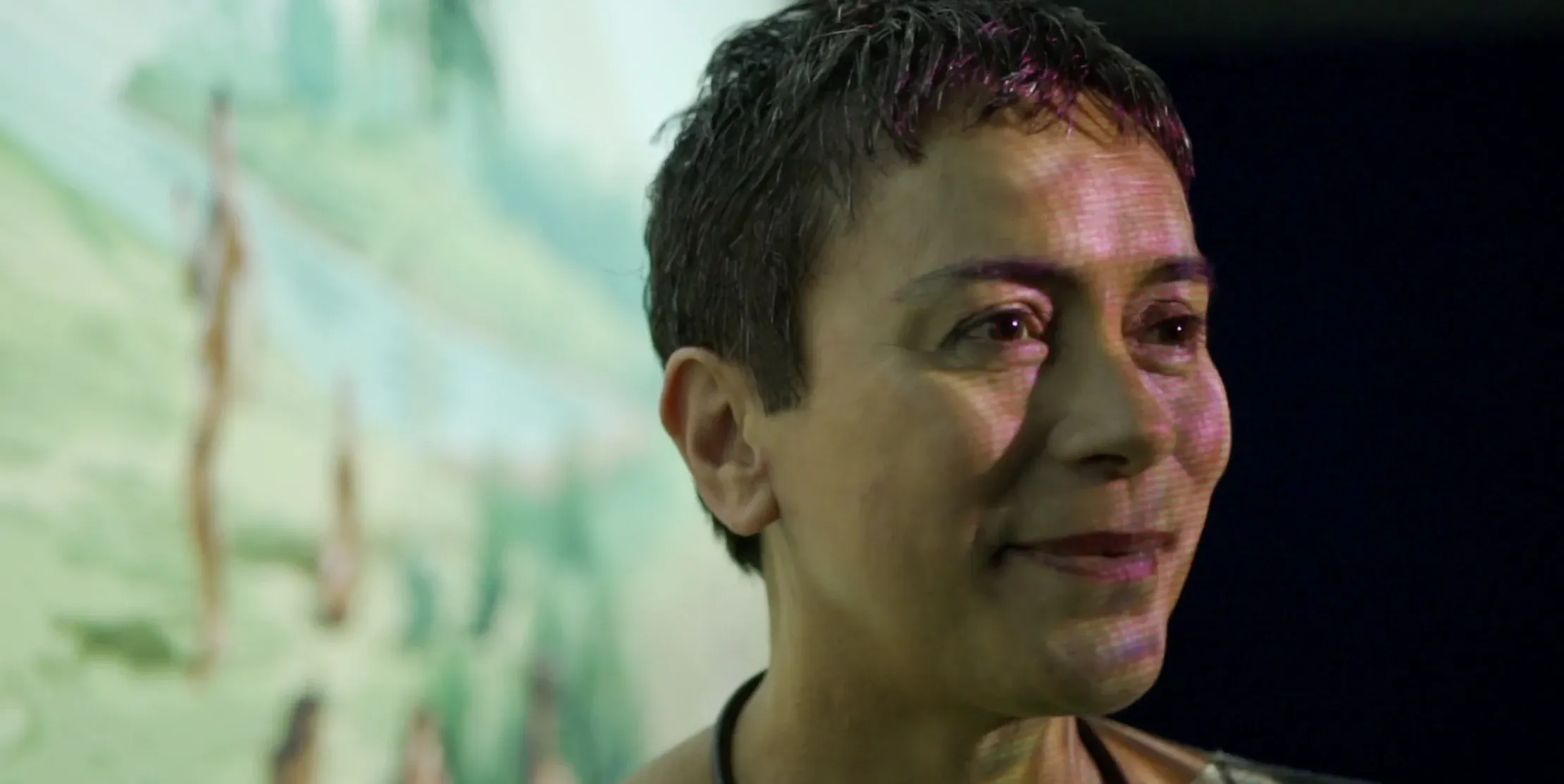
“Of course all artworks are self-portraits in some measure and that’s a really interesting way of looking at In Pursuit of Venus (Infected),” says Kelly, who has collaborated with Reihana on three books and designs the printed materials that accompany her exhibitions. “She’s an exemplary storyteller in a way that people can understand.
“She’s a very charismatic, energetic person and people respond to that. And that’s what you see in the work too. There’s a universality in the performances and the human narrative, aside from the visual sumptuousness. The heart and soul are in the middle and it can be entered into by a multitude of people and be experienced in a multitude of ways.”
Post-Venice, Reihana, with her big heart and ability to multitask like a pro, decided to “say ‘yes’ to everything”. It has meant for a hectic, prolific period of making.
The Louboutin project, which came about as a result of the French designer seeing In Pursuit of Venus (Infected), turned into a collaboration that saw her travel with him to Egypt and France so that she “could make a very personal bio which looks at the objects and locations that inspire him and the work that he makes. It was outside of the art world, which I liked and it was wonderful,” she says.
Meanwhile, she worked away on Justice (a suffrage sculpture that adorns the Ellen Melville Centre in Auckland’s CBD), Ihi, photographic stills from films and myriad other projects including the design of an Auckland street. Nomads of the Sea, the video work now sitting idle on Cockatoo Island, was completed after being first thought of 20 years ago. Like her most famous work, it retells a piece of history and explores women’s issues and themes of colonisation.
“She’s telling these stories that leave you wondering so that you think about it more deeply,” says Dan-Cuthbert. “She’s not making up stories to pick up on today’s sentiment. At the bottom of it, it’s about the empowerment of two very powerful women at two opposite periods. It’s not really about her; it’s about telling a story in a contemporary way.”
The seemingly non-tortured artist, who was made a Member of the New Zealand Order of Merit in 2018, is now working on a site-specific artwork for overseas and additional international installations of existing works. She is a member of Haerewa, the Auckland Art Gallery Toi o Tāmaki's Māori Advisory Group and on Wairau Māori Art Board for Hundertwasser in the Far North. There’s also a collaboration with Apple in the works that will involve augmented and virtual reality.
“We’ve been having discussions about what might be fruitful,” Reihana says of teaming up with the mega global brand. “These things take time but they last a long time. You stoke the fire and see where they might end up.
“Even now I don't necessarily get good artist’s fees,” says Reihana of her fine art. “I’ve been working for a long time, and I taught for a long time because that was the only way I could keep things running. The last couple of years I've been able to support myself as an artist. It’s working for me. But it’s really important that institutions don’t overestimate not just showing the work but supporting the artist. There’s a whole ecosystem that has to be considered.”
How does she juggle the workload, the pressures, and still maintain her equanimity? ”I’m a filmmaker. It’s one of the most comprehensive skill sets. You need to write, research, fundraise, take care of pre-production. That kind of work has really helped me in my process.”
“You have to find your own groove but still work very hard,” Reihana says. And then she flashes another of those big grins. “And there’s nothing like a deadline to make you motivated quite quickly.”
Written by Kirsten Matthew.
